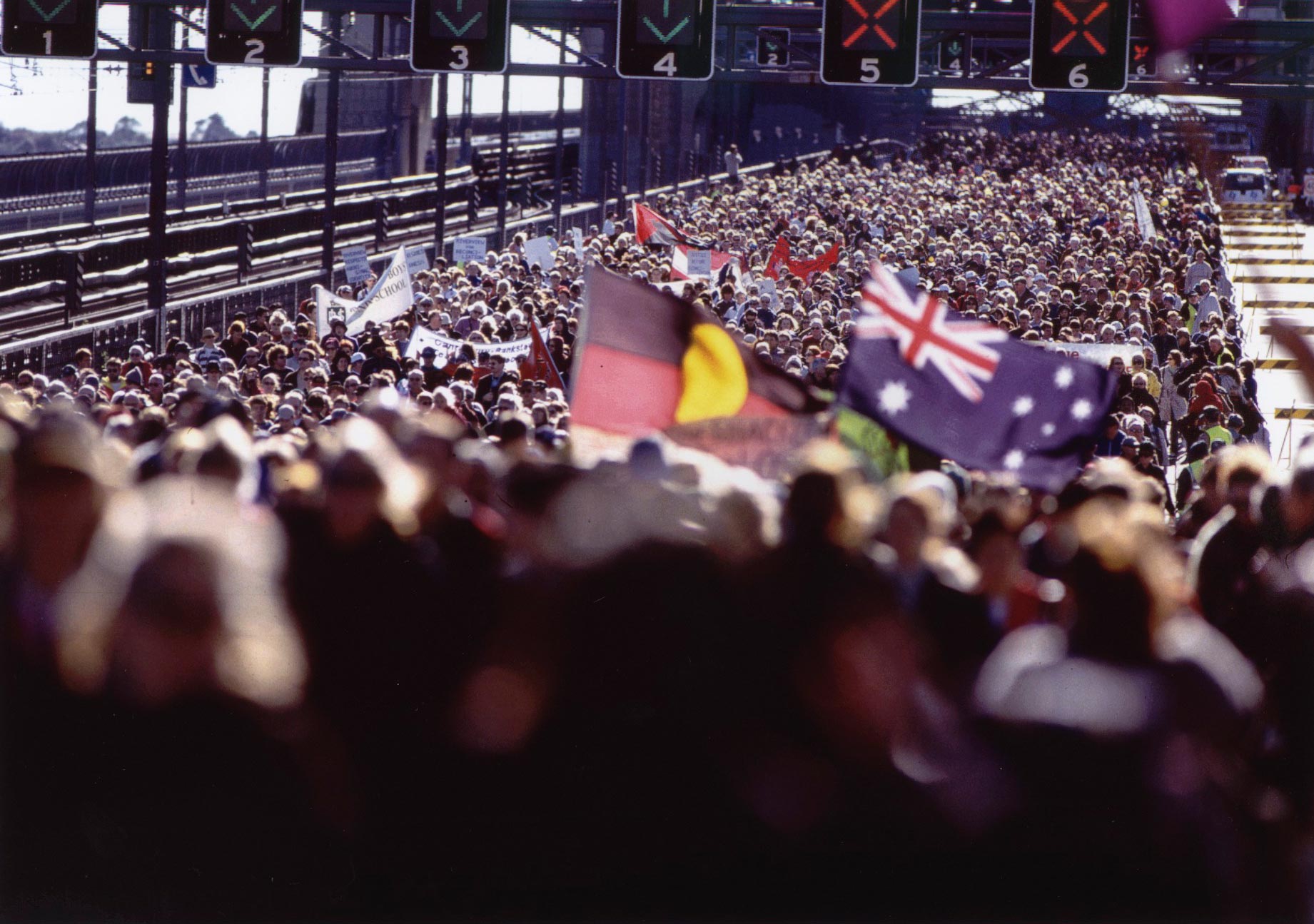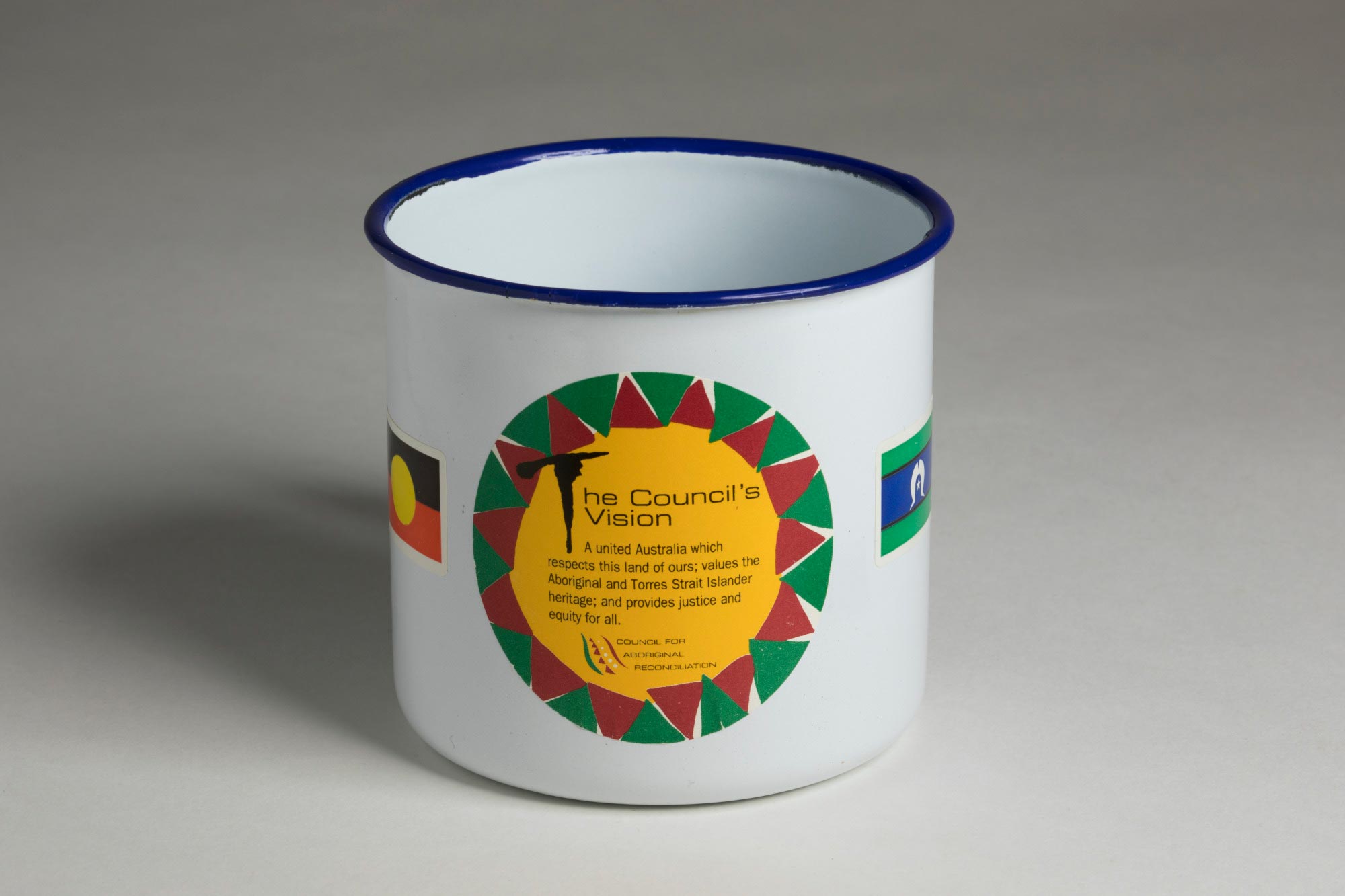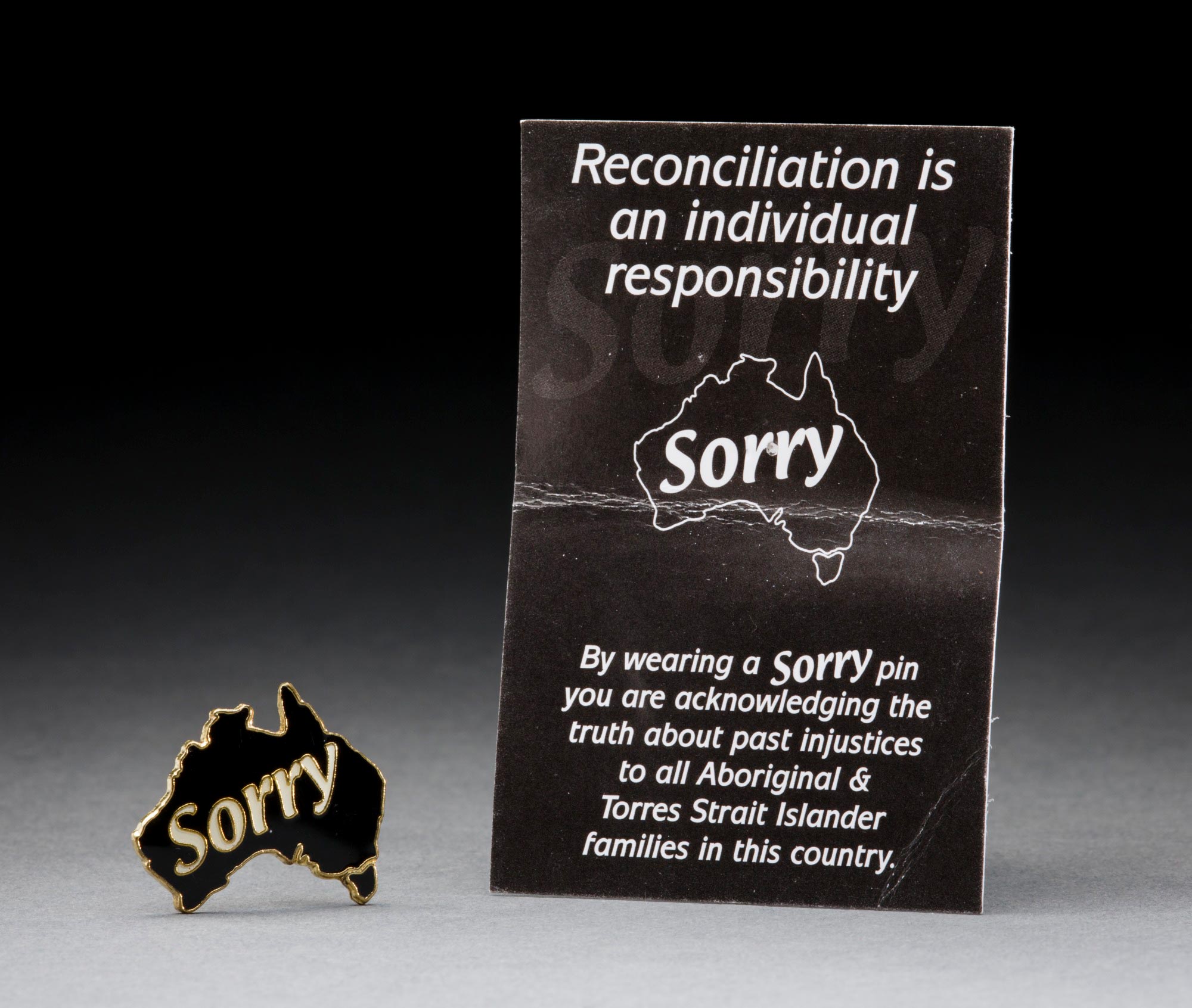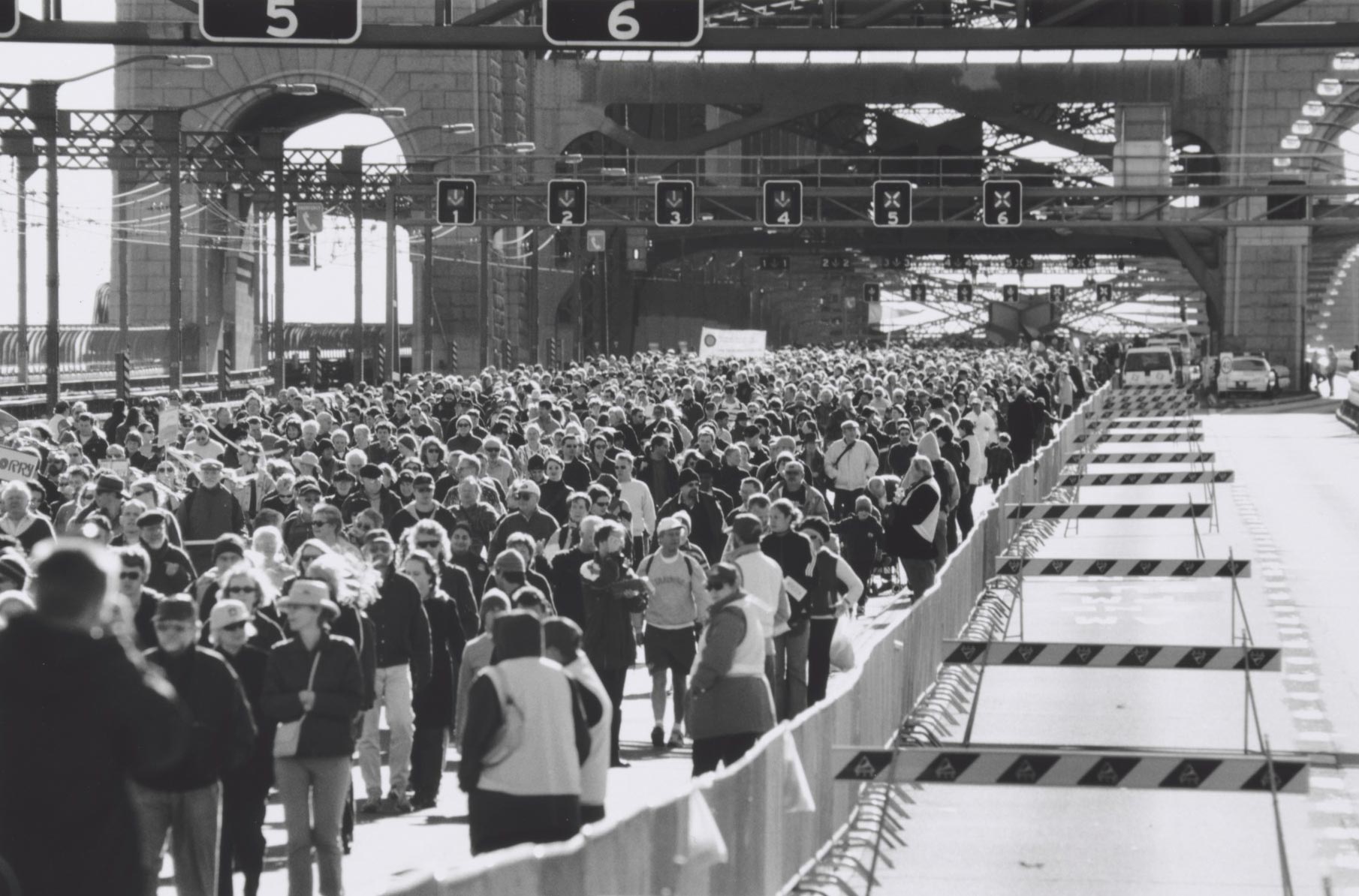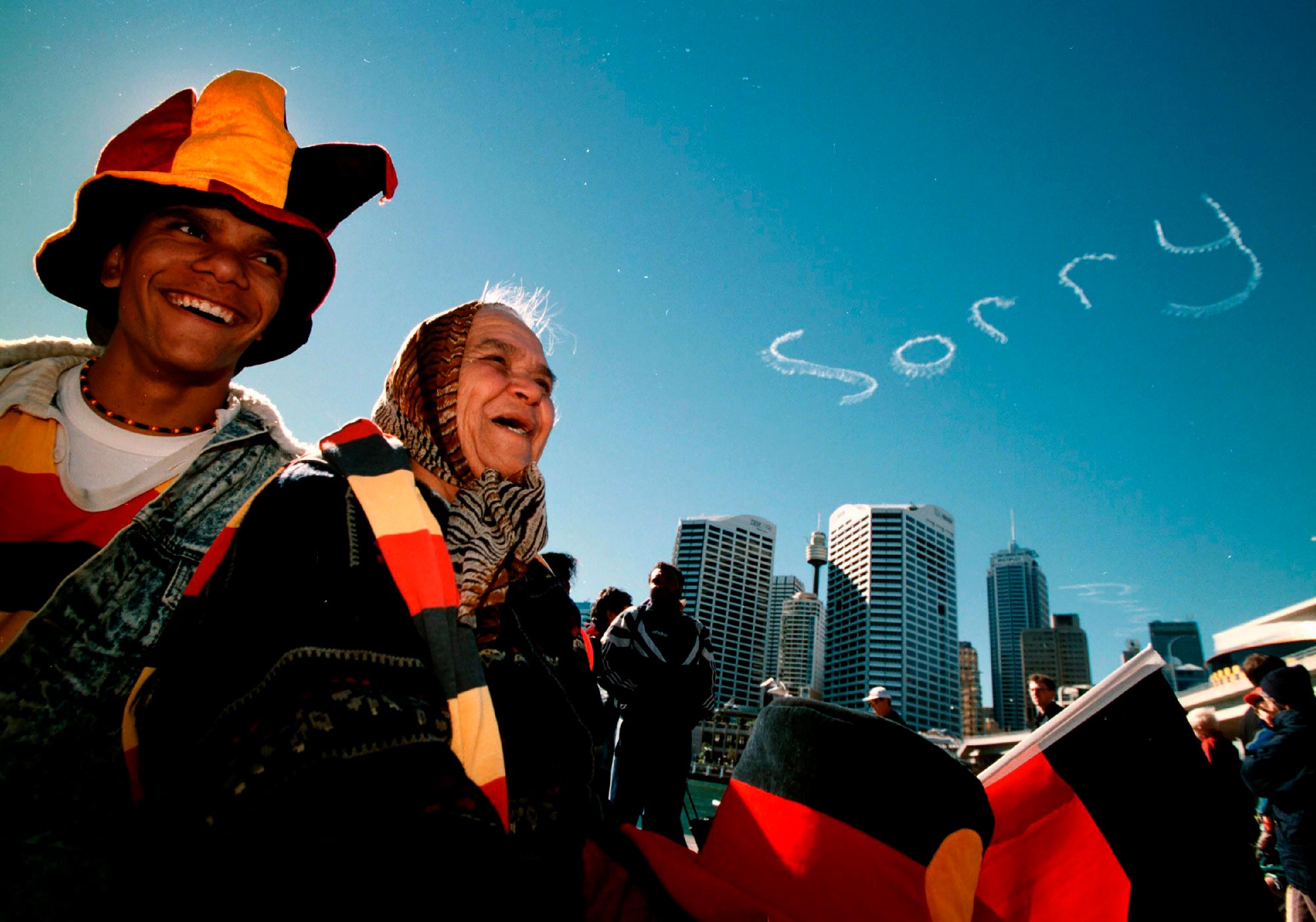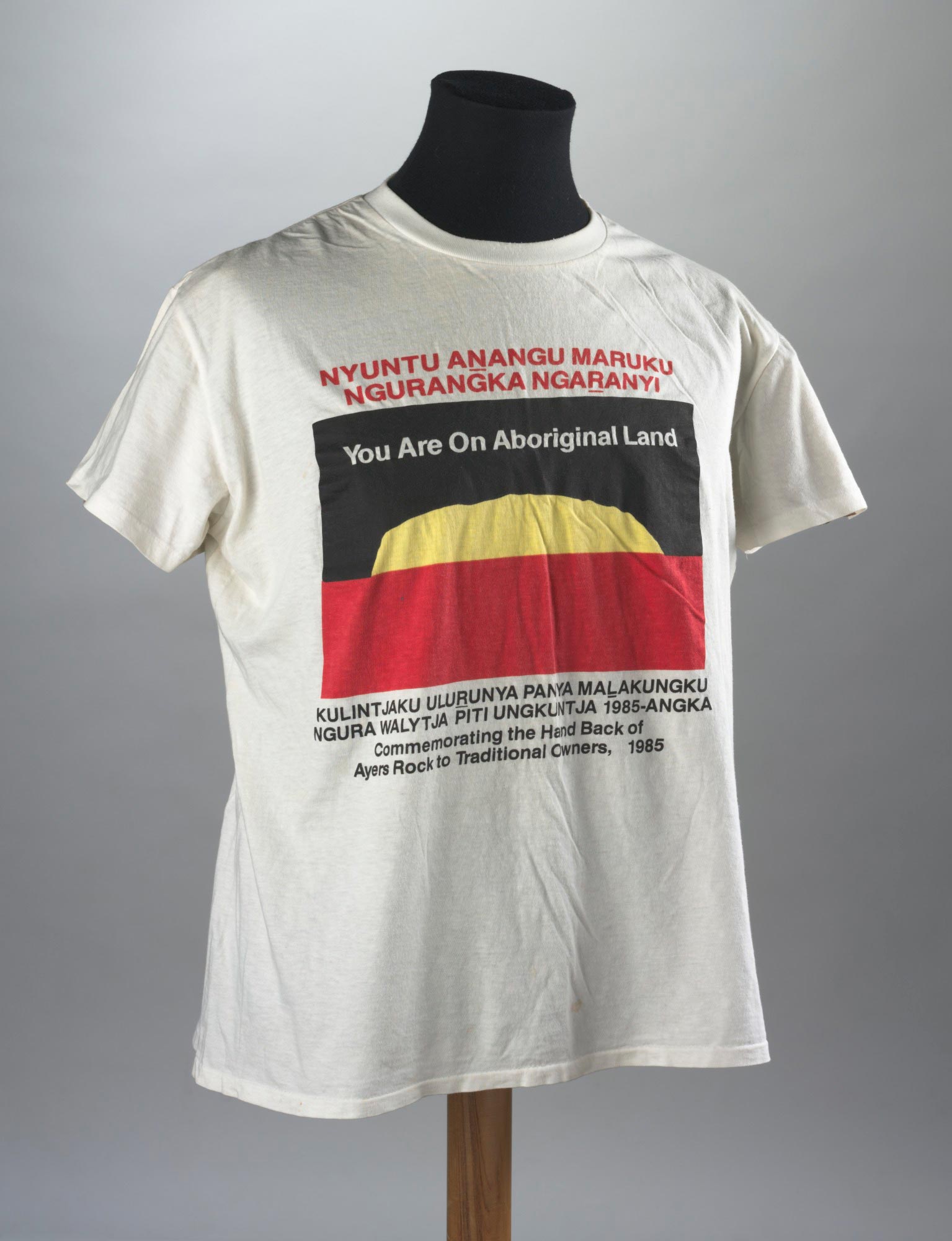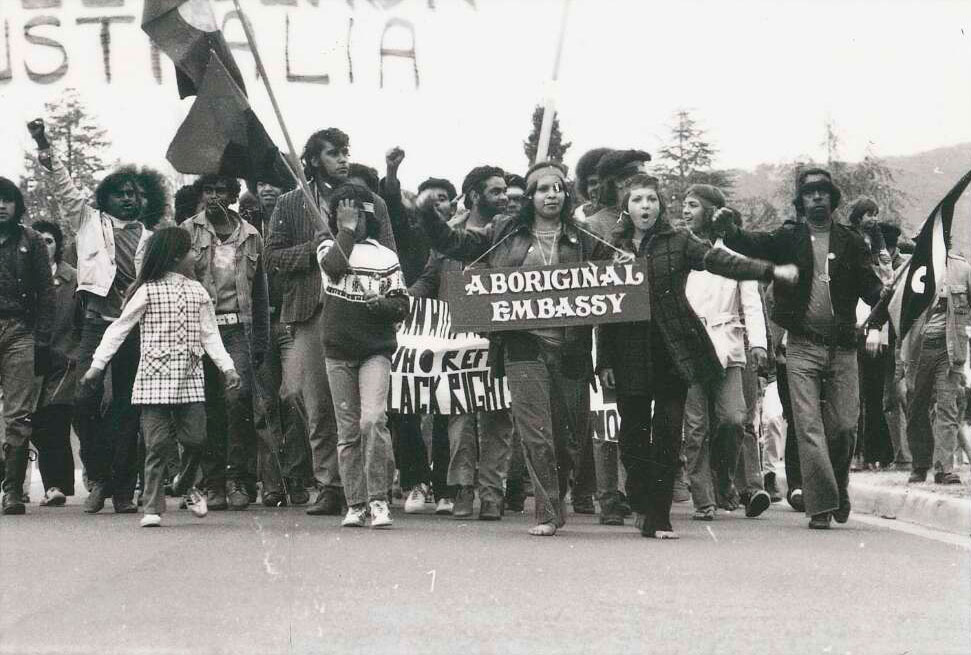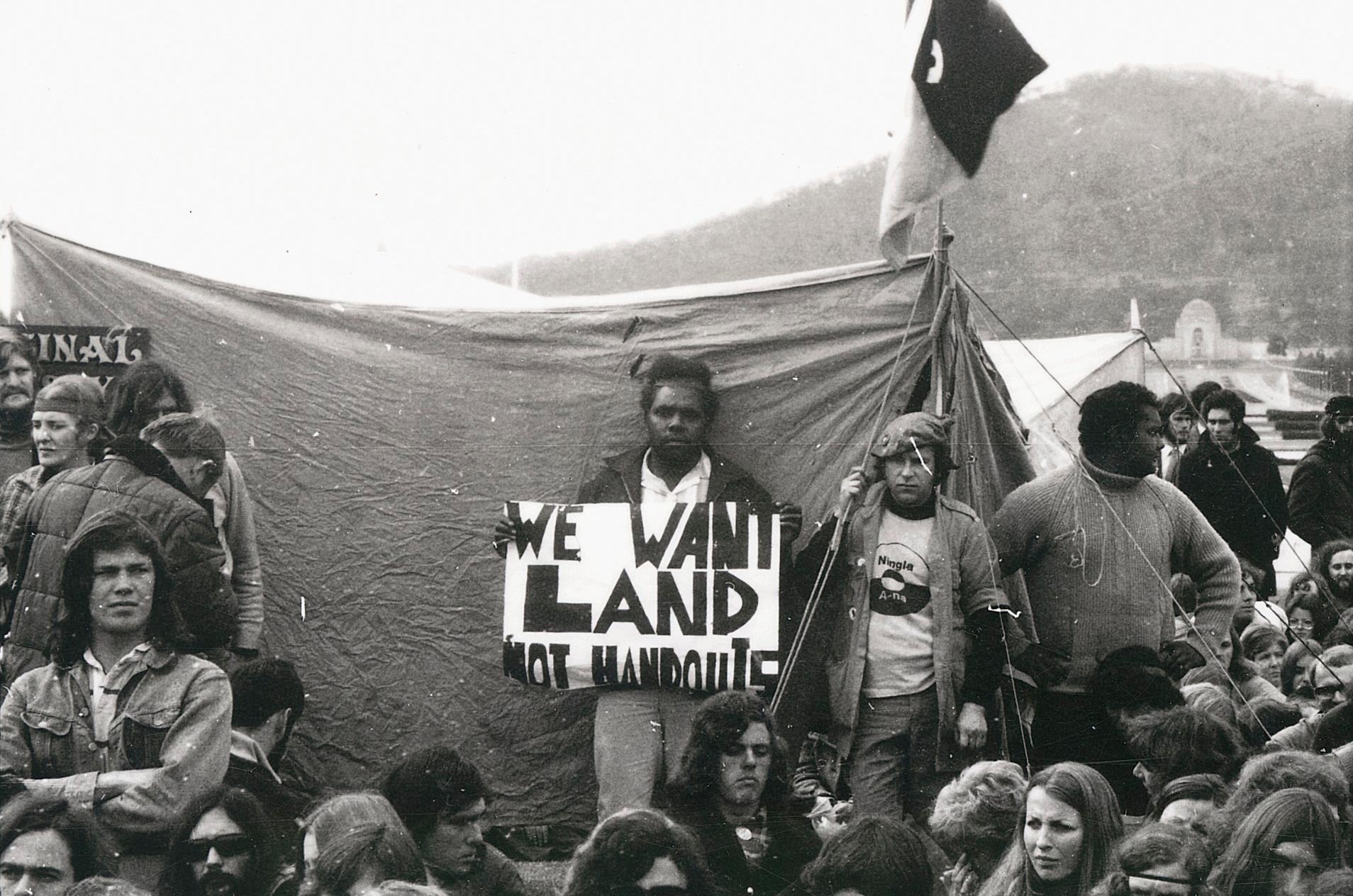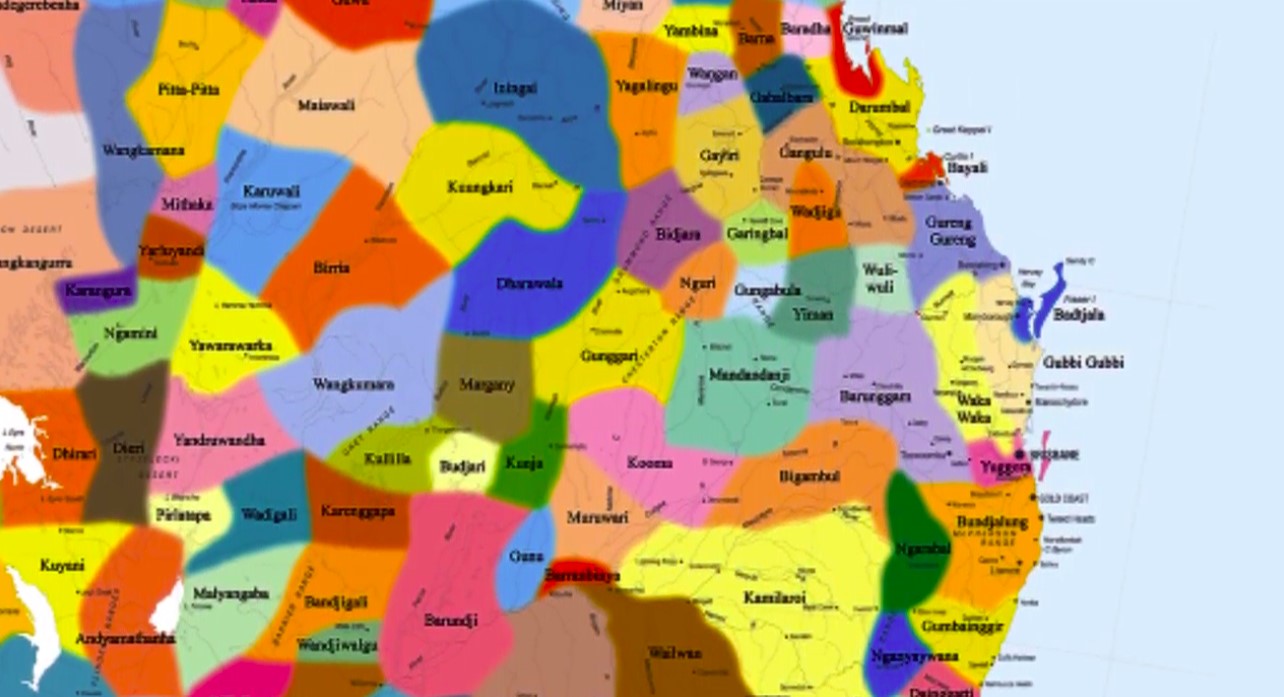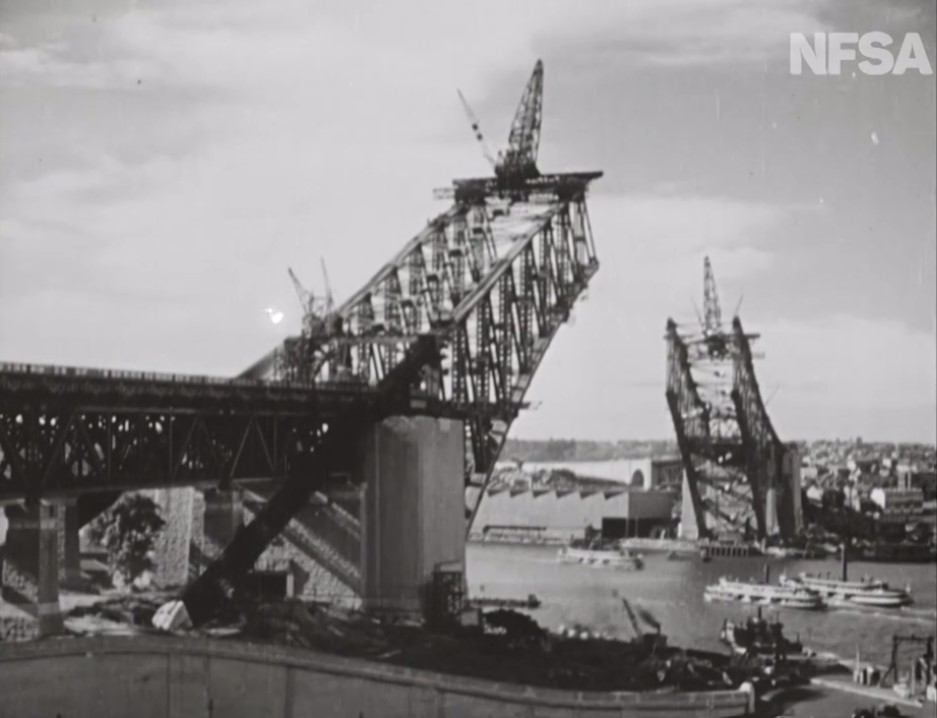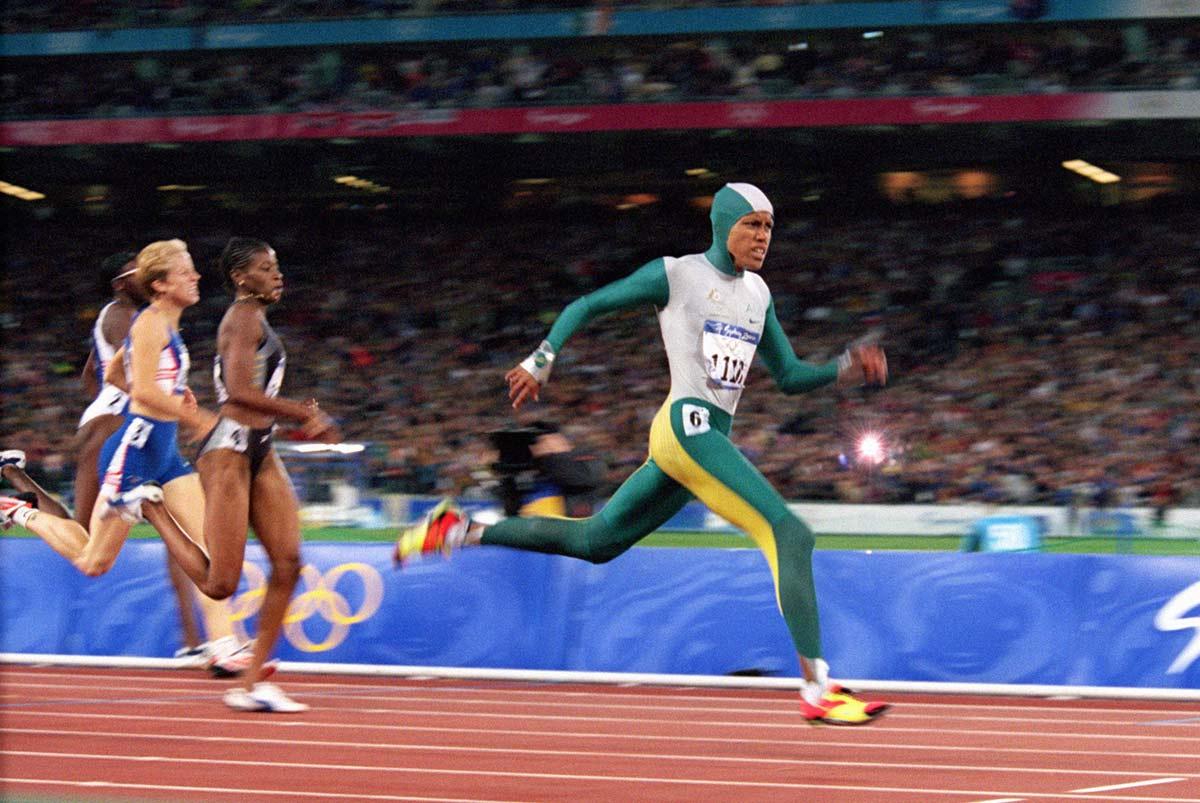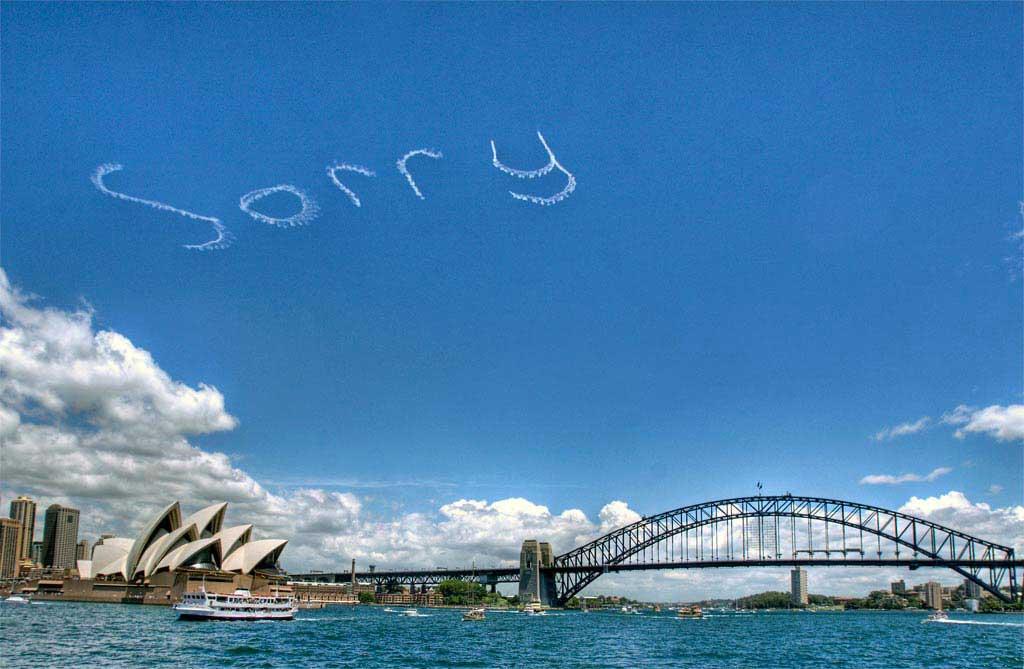‘Justice and equality for all’
2000: Walk for Reconciliation across Sydney Harbour Bridge
‘Justice and equality for all’
2000: Walk for Reconciliation across Sydney Harbour Bridge
In a snapshot
In recognition of National Reconciliation Week 2025, we are highlighting the relevance of this defining moment in Australia’s history.
National Reconciliation Week is a time for Australians to come together and explore how we can all contribute to achieving reconciliation in Australia. Every year, Reconciliation Week is celebrated from 27 May to 3 June. This year’s theme is ‘Bridging Now to Next’.
In recognition of the 25th anniversary of the Walk for Reconciliation, we invite you to reflect on this event and the journey we’re still on.
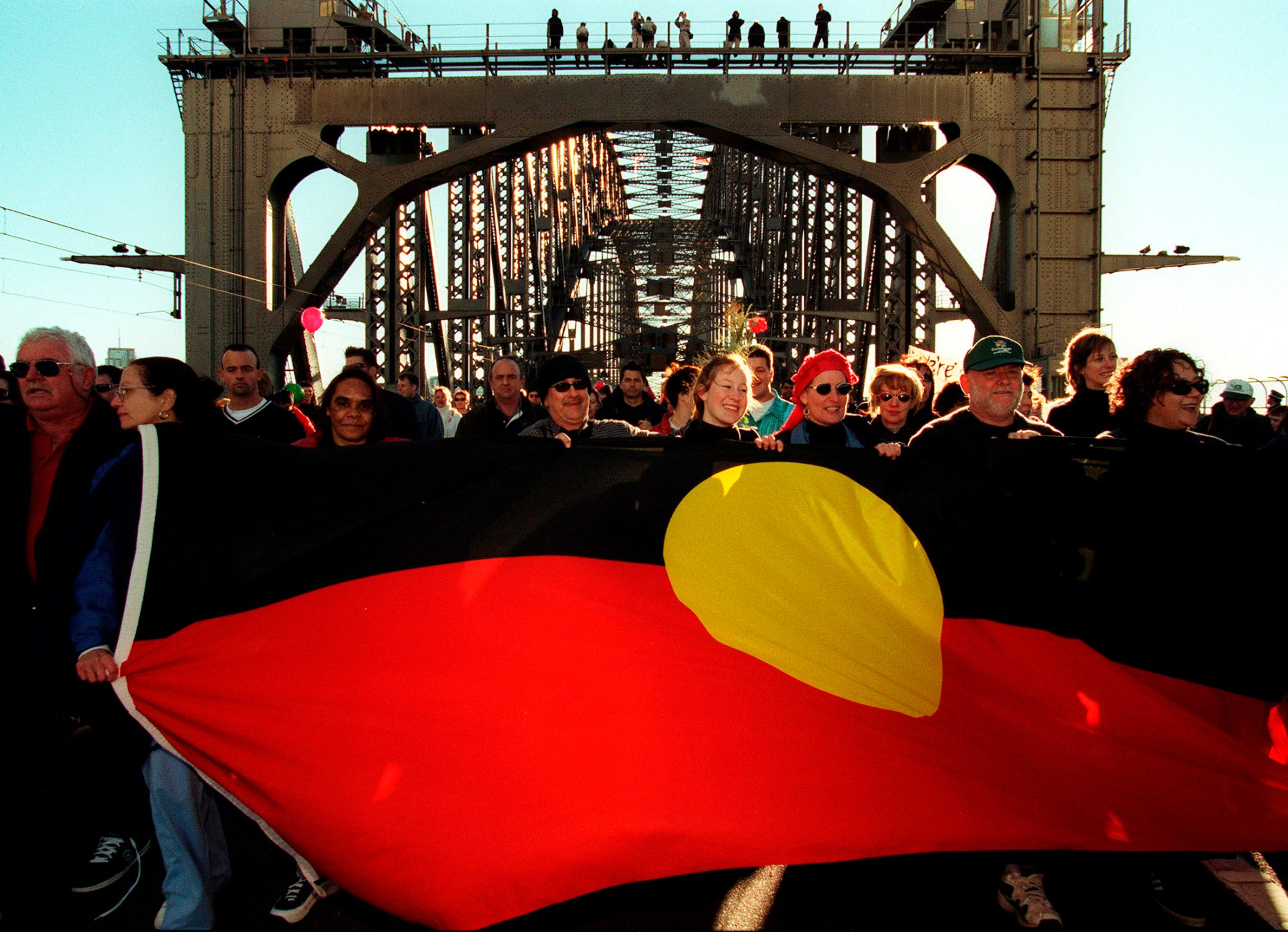
About this moment
On 28 May 2000, about 250,000 people walked across the Sydney Harbour Bridge to show their support for reconciliation between Australia’s Indigenous and non-Indigenous peoples. Soon after, similar events took place in other cities and towns around Australia. Together, these events were the biggest demonstration of public support for a cause that has ever taken place in Australia.
 Questions to explore
Questions to explore
1. Why do you think the Walk for Reconciliation is a defining moment in Australian history?
2. How did this event define Australia at the time and what has changed in the past 25 years?
3. How can each of us contribute to the continuation of this reconciliation journey?
Aboriginal and Torres Strait Islander people should be aware that this video may contain images and voices of people who have died.
Nine News Australia: Corroboree 2000 Sydney Harbour Bridge Walk
The Footage Company/Nine Network, from the collection of the National Film and Sound Archive of Australia
What events led up to the Walk for Reconciliation?
In the 1990s important progress was made toward reconciliation between Indigenous and non-Indigenous people in Australia. In 1991 the Australian Parliament passed an Act which created the Council for Aboriginal Reconciliation. The Council brought together members from Indigenous and non-Indigenous communities and had the job of guiding Australia’s reconciliation process.
In the 1992 Mabo decision the High Court of Australia ruled that Australia was not terra nullius (land belonging to nobody) when it was claimed by Britain in 1770. This led to the Native Title Act 1993, which made it possible for First Nations peoples to claim ownership of their traditional lands.
The Bringing Them Home report, published in 1997, showed that thousands of First Nations children had been taken away from their families by governments around Australia. These children have become known as the Stolen Generations. The report said that all Australian Parliaments should apologise to Indigenous people, especially the Stolen Generations.
What was Corroboree 2000?
Corroboree 2000 was two events held over two days in May 2000.
At the first event, on 27 May 2000, Indigenous and non-Indigenous leaders met at the Sydney Opera House. The Council for Aboriginal Reconciliation gave the non-Indigenous leaders two documents: the ‘Australian Declaration Towards Reconciliation’ and the ‘Roadmap for Reconciliation’. All the leaders who took part left their handprints on a canvas, to show their support for reconciliation.
The Prime Minister John Howard gave a speech at the event. He expressed ‘regret’ for the past treatment of First Nations peoples, but he did not apologise. This left many people in the crowd unhappy.
Research task
How have events that have taken place since the 2000 Walk for Reconciliation both helped and hindered reconciliation in Australia? Do some research to find out.
Aboriginal and Torres Strait Islander people should be aware that this video may contain images, voices and names of people who have died.
Nine News Australia: Corroboree 2000 Party at Darling Harbour
The Footage Company/Nine Network, from the collection of the National Film and Sound Archive of Australia
Our hope is for a united Australia that respects this land of ours; values the Aboriginal and Torres Strait Islander heritage; and provides justice and equity for all.
Australian Declaration Towards Reconciliation, 2000
What happened during the Walk for Reconciliation?
The second event of Corroboree 2000 was the Walk for Reconciliation across the Sydney Harbour Bridge. It took place on 28 May 2000.
About 250,000 Indigenous and non-Indigenous people walked across the Sydney Harbour Bridge to show their support for reconciliation. Australian and Aboriginal flags flew side by side on top of the bridge’s arch, and a skywriter wrote the word ‘Sorry’ above the harbour.
Faith Bandler and Bonita Mabo, both prominent activists for First Nations rights, were among the first to cross the bridge.
So many people participated in the walk that the event took nearly six hours. It was the largest political demonstration ever held in Australia.
After the Sydney Harbour Bridge walk, similar events were held across Australia.
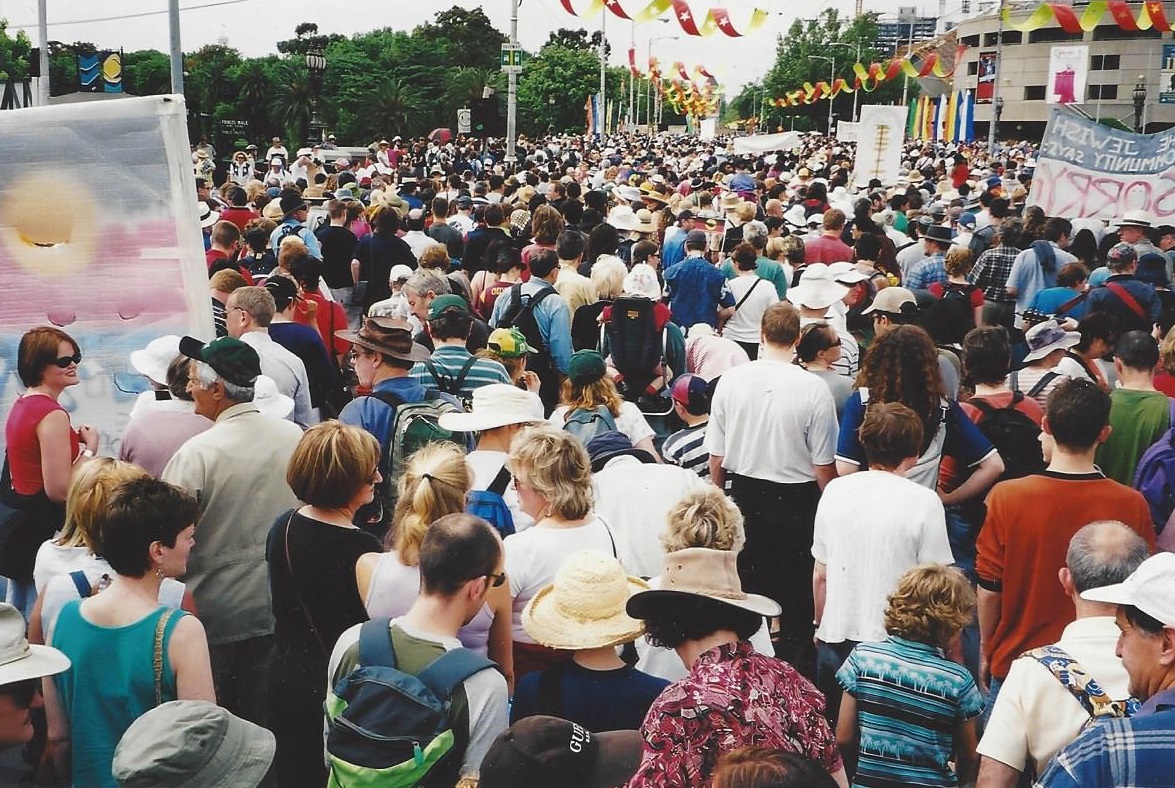
Why was the Walk for Reconciliation important?
The event was organised by the Council for Aboriginal Reconciliation and participants came from all sections of the Australian community. The walk showed that support for reconciliation, and a national apology to First Nations peoples, was growing.
Eight years after the Walk for Reconciliation, Prime Minister Kevin Rudd made a national apology to Australia’s First Nations peoples.
Read a longer version of this Defining Moment on the National Museum of Australia’s website.
For teachers
Find local events, tools and resources to help schools take action towards reconciliation by visiting:
 Explain your thoughts
Explain your thoughts
1. Why do you think the Walk for Reconciliation is a defining moment in Australian history?
2. How did this event define Australia at the time and what has changed in the last 25 years?
3. How can each of us contribute to the continuation of this reconciliation journey?







